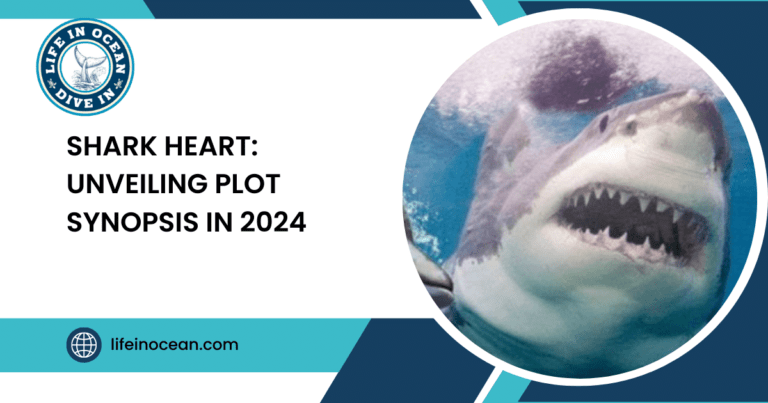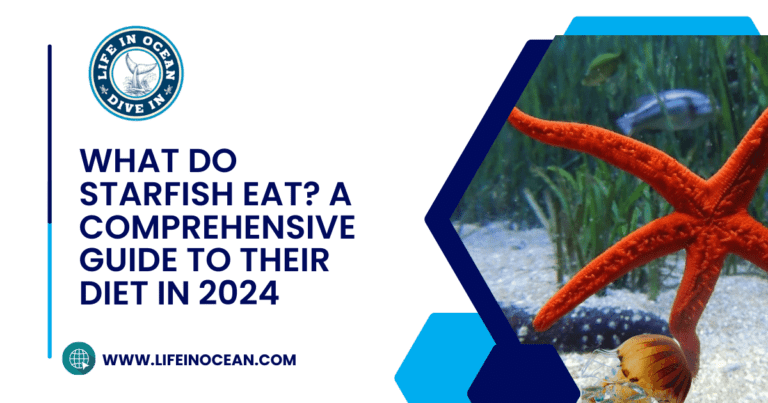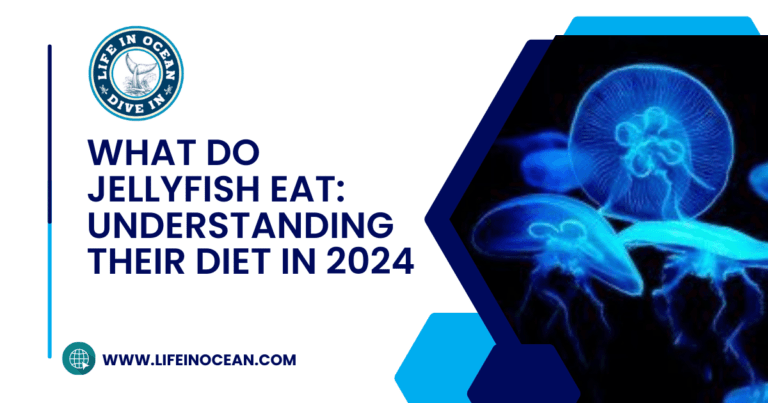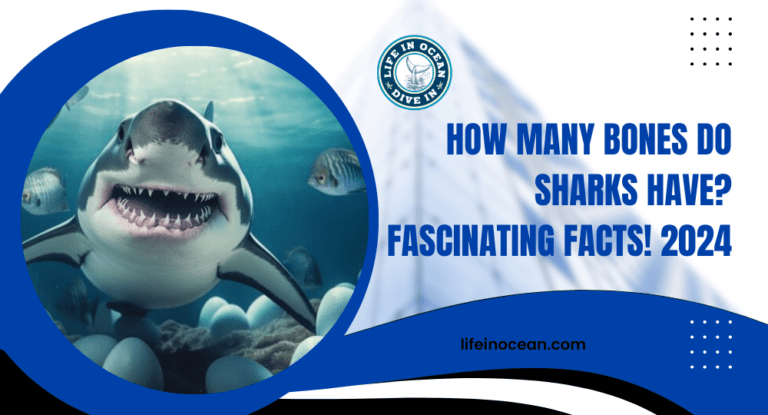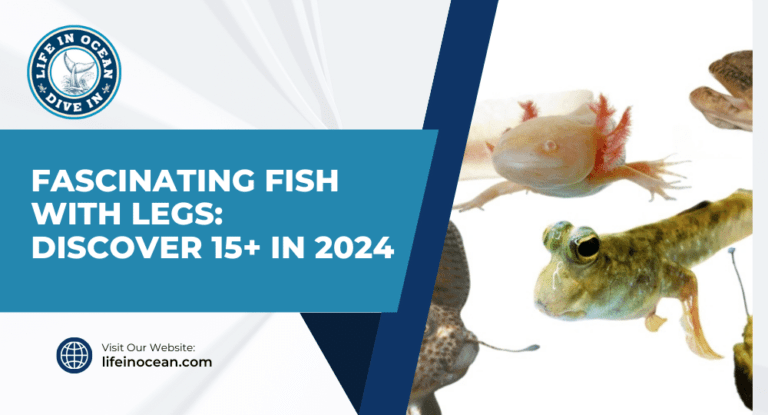Krill, small crustaceans vital to marine ecosystems, have a fascinating diet that impacts the entire food web. Understanding what do krill eat is crucial for comprehending their role in the ocean’s delicate balance and the implications for larger marine life. By delving into the dietary habits of these tiny krill, we can gain insight into their significance as a primary food source for various species, including whales, seals, and penguins. Exploring this topic sheds light on the intricate relationships within marine environments and emphasizes the interconnectedness of all organisms within an ecosystem.
Krill’s feeding habits are not only intriguing but also essential to comprehend for conservation efforts and ecological management strategies. Unraveling what sustains these foundational organisms provides valuable knowledge that reverberates throughout entire oceanic systems.
Table of Contents
Krill Feeding Habits and Primary Food Sources
Filter Feeding
Krill, small crustaceans found in oceans around the world, are known as filter feeders. This means fish consume tiny organisms like krill by filtering them from the water. They use specialized body parts called feathery legs to collect their food while swimming.
Krill’s filter-feeding behavior allows them to obtain their primary food sources, which include phytoplankton and zooplankton. These microscopic organisms serve as the main diet for krill and play a vital role in sustaining their population.
Primary Food Sources
Krill primarily feed on various marine organisms such as algae, including diatoms, and small crustaceans like copepods. These creatures form the foundation of the marine food web, making krill an essential link in transferring energy from these primary producers to larger animals such as fish, whales, penguins, and seals.
The consumption of phytoplankton by krill is particularly significant because it helps regulate phytoplankton populations. By consuming large quantities of these microscopic plants, krill prevent overpopulation that could potentially lead to harmful algal blooms detrimental to other marine life.
In addition to algae consumption, krill also prey on zooplankton such as copepods. This diverse diet ensures that krill remains a key component of oceanic ecosystems by effectively recycling nutrients within the marine environment.
Phytoplankton: The Mainstay of Krill Diet
Foundation of Krill’s Diet
Krill, small crustaceans found in oceans around the world, primarily feed on phytoplankton. These microscopic organisms serve as the cornerstone of krill’s diet, providing them with essential nutrients for survival and growth. Diatoms, a type of phytoplankton, are particularly crucial to krill nutrition. They contain valuable fatty acids and proteins that sustain krill populations.
Phytoplankton is abundant in the ocean and serves as a vital food source for various marine creatures. For krill, these single-celled plants are not just a dietary choice but a necessity for their existence. Without an adequate supply of phytoplankton, krill populations can suffer from malnutrition and decline in numbers.
The abundance or scarcity of phytoplankton directly impacts the overall health and population dynamics of krill. When there’s an ample supply of phytoplankton due to favorable environmental conditions such as sunlight availability and nutrient-rich waters, it leads to thriving krill communities.
Influence on Krill Populations
Conversely, when there’s a shortage or imbalance in phytoplankton levels caused by factors like changes in water temperature or pollution, it can adversely affect the well-being of krills. Reduced access to their primary food source can lead to decreased reproduction rates among krills and even impact their ability to survive harsh environmental conditions.
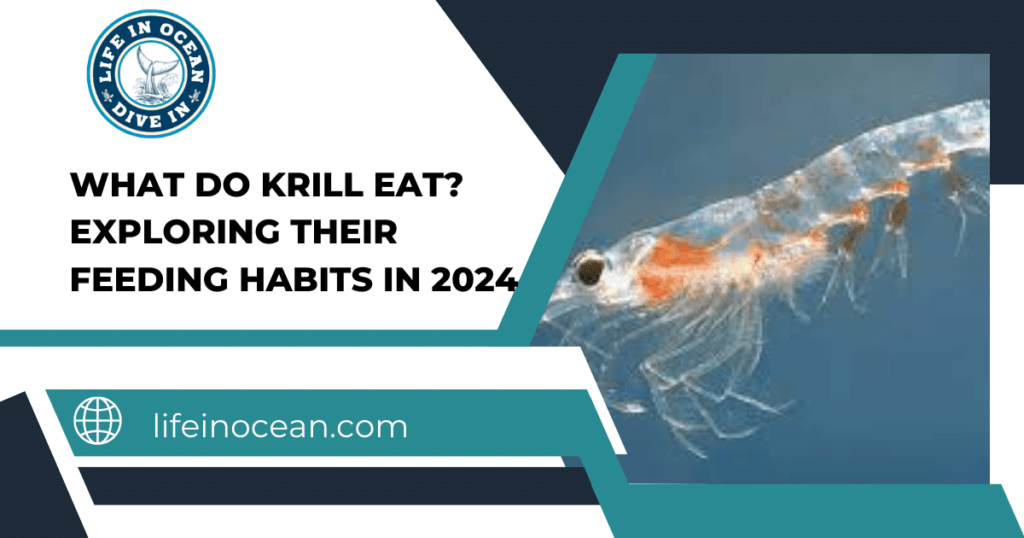
In areas where overfishing occurs or climate change disrupts ecological balance, leading to diminished phytoplankton levels; it poses significant threats to both individual krill’s lives and entire populations’ sustainability.
Krill’s Role in the Antarctic Food Chain
Vital Link
Krill play a crucial role in the Antarctic food web. They are an essential part of the ecosystem, serving as a vital link between phytoplankton and larger marine animals. Without krill, the entire food chain in Antarctica would be disrupted.
Krill serve as a primary food source for numerous marine creatures such as whales, seals, penguins, and various species of fish. Their abundance and nutritional value make them indispensable to the survival and well-being of these animals.
Impact on Ecosystem
The significance of krill in the food chain has far-reaching effects on the entire Antarctic ecosystem. The population size and health of krill directly impact the populations of species that depend on them for sustenance.
For example, if there is a decline in krill numbers due to environmental changes or human activities such as overfishing, it can lead to severe consequences for predators like whales and seals. This domino effect could disrupt not only their populations but also other interconnected components within this delicate ecosystem.
Anatomy and Adaptations for Feeding
Specialized Feeding Appendages
Krill, being small species of crustaceans, possess specialized feeding appendages known as thoracopods. These structures are located on their thorax and play a crucial role in capturing food from the water. The thoracopods have fine hairs that create a filtering basket, allowing krill to trap tiny organisms such as phytoplankton and zooplankton while swimming through the water.
Krill’s thoracopods enable them to carry out filter feeding, which is the method they use to obtain their primary food sources. By continuously swimming with their mouthparts open, krill can filter large volumes of seawater, extracting planktonic organisms for consumption. This efficient feeding mechanism enables them to consume vast amounts of food relative to their size.
Streamlined Bodies for Efficient Feeding
The streamlined bodies of krill contribute significantly to their ability to efficiently feed on planktonic organisms. Their elongated shape allows them to move swiftly through the water without expending excessive energy. This streamlined body design reduces drag as they swim, enabling them to cover long distances in search of food while conserving energy.
Moreover, this body structure also aids in evading predators by facilitating quick maneuvers underwater. Krill’s agility is vital for survival in the Antarctic ecosystem where they serve as a crucial link in the marine food web.
Unique Adaptations for Thriving on Primary Food Sources
Krill have evolved unique adaptations that enable them not only to survive but thrive on their primary food sources – phytoplankton and zooplankton. Despite being small creatures of krill size, these crustaceans of the krill class play an indispensable role in sustaining larger marine life such as whales and seals due to their remarkable ability to convert microscopic algae into dense protein-rich biomass.
Their digestive system is specially designed with an enlarged stomach that allows them to process large quantities of plankton effectively. Krill possess specialized enzymes that aid in breaking down complex organic matter found within phytoplankton and zooplankton into essential nutrients required for growth and reproduction.
Krill Swarming and Collective Feeding Behavior
Optimizing Feeding Efficiency
Krill, being small organisms in the ocean, have developed a remarkable strategy to ensure they obtain enough survival food. Collective feeding is a behavior that allows krill to optimize their feeding efficiency. By swarming together in large groups, krill can cover more ground and locate food sources more effectively.
This collective behavior enables them to exploit localized food concentrations, increasing their chances of finding abundant food sources. Imagine it as a group of friends searching for snacks at a party; by working together and sharing information, they are more likely to find the best treats available.
Survival Strategy
Krill’s swarming behavior is not just about convenience; it’s also a crucial survival strategy. In the vastness of the ocean, locating food can be challenging for individual krill. However, by gathering in dense swarms, they increase their chances of stumbling upon areas rich in plankton or algae – their primary sources of sustenance.
This collective approach helps ensure that even if one area has been depleted due to feeding activity or environmental factors, there are still other locations within reach where abundant food may be found. It’s like having multiple grocery stores nearby so you can always find what you need even if one store runs out of stock.
Vertical Migration: A Feeding and Survival Strategy
Access to Varying Food Sources
Krill, small crustaceans found in oceans around the world, undertake daily vertical migrations to feed at different depths. This behavior allows them to access varying food sources such as krill throughout the water column. For example, during the day, krill move closer to the surface where they can feed on phytoplankton and algae. At night, krill migrate deeper into the ocean to consume zooplankton.
This strategy is crucial for their survival as it ensures a constant supply of food. By moving through different depths of the ocean, krill can take advantage of diverse food sources available at various levels. This enables them to maintain a balanced diet and obtain essential nutrients required for growth and reproduction.
Vertical migration also helps krill avoid predators that may be more abundant near the surface during daylight hours. By descending into deeper waters at nightfall, they reduce their risk of being preyed upon by larger marine animals such as fish and seabirds.
Adaptation for Feeding and Overall Survival
The use of this feeding strategy by krill demonstrates their remarkable adaptation to their environment. Despite being just a few centimeters long, these tiny creatures have evolved an effective method for maximizing their access to food resources while minimizing exposure to potential dangers.
Furthermore, vertical migration plays a critical role in sustaining not only individual krill but also entire populations. The ability of these organisms to efficiently locate and utilize food sources contributes significantly to maintaining healthy ecosystems within marine environments.
The Lifecycle of Antarctic Krill and Dietary Implications
Larval Krill Diet
Antarctic krill go through different life stages, each with its specific dietary requirements. Larval krill, in particular, primarily feed on phytoplankton for their growth and development. This means that the tiny baby krill rely heavily on microscopic plants found in the ocean to thrive. Without a sufficient supply of phytoplankton, larval krill may struggle to grow into healthy adults.
The diet of larval krill is crucial not only for their survival but also for the overall population of Antarctic krill. If there’s a scarcity of phytoplankton or zooplankton, it can have significant implications for the entire ecosystem that depends on these small crustaceans as a food source.
Importance of Understanding Their Lifecycle
Understanding the lifecycle of Antarctic krill is essential because it allows scientists and researchers to assess their dietary impact accurately. By knowing what different life stages eat, experts can determine how changes in environmental conditions or human activities might affect the availability of their food sources.

For instance, if overfishing depletes certain types of phytoplankton that larval krill depend on, it could lead to a decline in the overall population size and disrupt marine food webs. Similarly, changes in water temperature or acidity levels can influence the distribution and abundance of phytoplankton, directly impacting larval krill nutrition.
Impact of Krill on Global Biogeochemical Cycles
Carbon Sequestration
Krill, as primary consumers in the marine food web, primarily feed on phytoplankton. This consumption has a significant impact on global biogeochemical cycles. By consuming phytoplankton, krill play a crucial role in carbon sequestration. Phytoplankton absorbs carbon dioxide from the atmosphere during photosynthesis. When krill eat these tiny plants, they effectively transfer this carbon to their bodies.
This process is vital for regulating atmospheric carbon levels and can have far-reaching effects on climate change. The carbon that krill consume becomes incorporated into their bodies and eventually sinks to the ocean floor when they die or are consumed by other organisms, effectively removing it from the atmosphere.
Nutrient Cycling
In addition to their role in carbon sequestration, krill excretion contributes significantly to nutrient cycling in marine ecosystems. As krill consume phytoplankton and other organic matter, they release waste products rich in nutrients such as nitrogen and phosphorus back into the water column upon excretion.
These nutrients then become available for use by other organisms lower down the food chain, including phytoplankton themselves. This creates a cycle of nutrient availability that supports the growth of more phytoplankton, which ultimately sustains not only krill populations but also numerous other marine species further up the food chain.
Ecological Implications
The impact of krill on biogeochemical cycles goes beyond just their immediate interactions with phytoplankton and nutrient cycling. It has broader ecological implications that affect entire marine ecosystems. For example, an increase or decrease in krill populations can lead to corresponding changes throughout an ecosystem due to their pivotal position as a primary food source for many larger animals like whales, seals, penguins, and fish.
Moreover, fluctuations in krill abundance can influence predator-prey dynamics at multiple trophic levels within these ecosystems. Changes in how much carbon is sequestered or how nutrients are cycled through these systems can have cascading effects on biodiversity and overall ecosystem health.
Human Harvesting of Krill and Ecological Concerns
Potential Disruptions
Human harvesting of krill in the Antarctic region has raised concerns about potential disruptions to the delicate food web. As a primary food source for various marine animals, including whales, seals, and penguins, excessive krill consumption can lead to imbalances in the ecosystem. The removal of large quantities of krill could have cascading effects on species that rely on them for sustenance.
Krill are crucial in supporting the Antarctic ecosystem by serving as a vital link between phytoplankton and larger predators. If their population decreases significantly due to over-harvesting, it could disrupt the entire food chain. For instance, if there’s a decline in krill numbers because they are being harvested at an unsustainable rate, this would directly impact species like penguins and seals that depend on them for survival.
Sustainable Management
Sustainable management is crucial to mitigating ecological impacts associated with the consumption of krill. It’s important to implement measures that ensure responsible harvesting practices while also preserving the integrity of the Antarctic marine environment. By establishing strict quotas and regulations on how much krill can be harvested each year, it’s possible to maintain a balance between human needs and environmental conservation.
One approach involves setting limits on annual harvest levels based on scientific research about sustainable yields without causing harm to ecosystems or endangering dependent wildlife populations. Monitoring techniques such as satellite tracking can help regulate fishing activities and prevent over-exploitation of these tiny crustaceans.
Summary of What Eats Krill or What Do Krill Eat?
You’ve delved deep into the world of krill and their primary food sources, discovering the crucial role phytoplankton plays in their diet. From their collective feeding behavior to the impact on global biogeochemical cycles and where do krill live, you’ve gained insights into the intricate web of Antarctic marine life. Understanding the ecological concerns surrounding human harvesting of krill is vital for preserving this delicate balance.
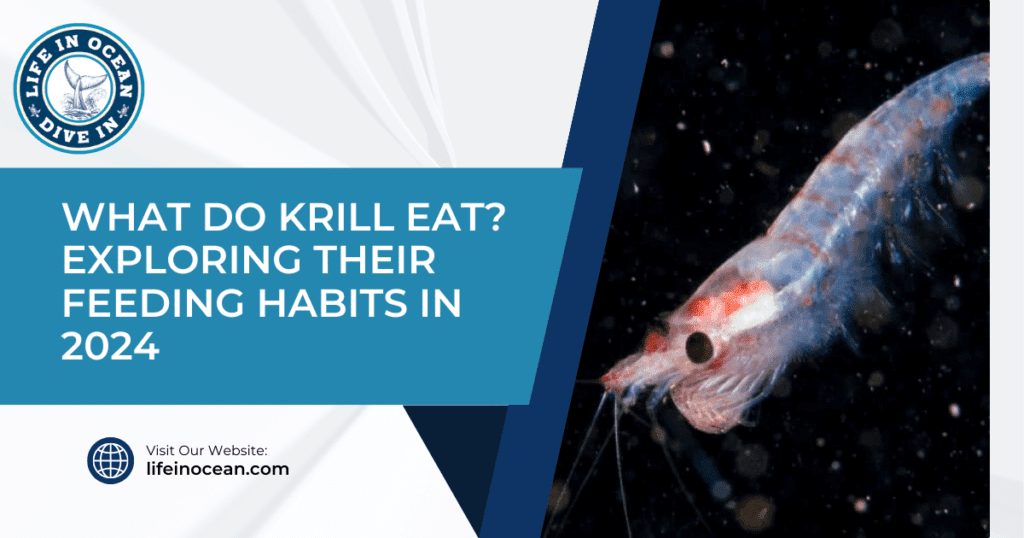
As you continue to explore the wonders of marine ecosystems, remember that every small creature, like krill, plays a significant role in maintaining the health of our planet. Consider supporting sustainable practices and spreading awareness about the importance of preserving Antarctic krill populations. Together, we can ensure a thriving environment for these fascinating creatures and all those who depend on them.
Frequently Asked Questions
What is the primary food source for krill?
Krill primarily feed on phytoplankton, which forms the mainstay of their diet. Phytoplankton provides essential nutrients and energy that sustain krill populations, making it a crucial component of their feeding habits.
How do krill contribute to the Antarctic food chain?
Krill play a vital role in the Antarctic food chain by serving as a primary food source for various marine animals such as whales, seals, penguins, and fish. Their abundance and nutritional value make them indispensable in sustaining diverse ecosystems.
What are some adaptations that enable krill to feed effectively?
Krill possess specialized anatomical structures and behaviors that facilitate efficient feeding. These include filtering appendages called thoracic legs used to capture phytoplankton, swarming behavior for collective feeding, and vertical migration strategies to optimize feeding opportunities.
How does human harvesting of krill impact global biogeochemical cycles?
The significant scale of human harvesting can disrupt global biogeochemical cycles by altering carbon sequestration processes in marine ecosystems. Krill’s role in transferring carbon from surface waters to deeper ocean layers could be affected, potentially influencing climate dynamics.
Why are there ecological concerns associated with the human harvesting of krill?
Ecological concerns arise due to potential impacts on marine species dependent on krill as a primary food source. Overfishing could lead to imbalances within ecosystems, affecting predator populations and causing ripple effects throughout the entire Antarctic food web.


